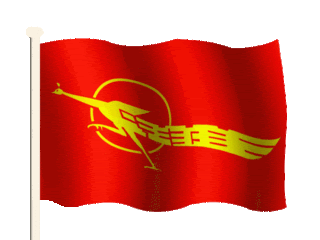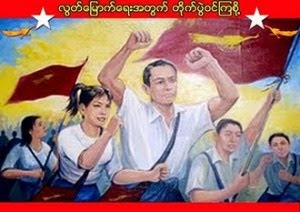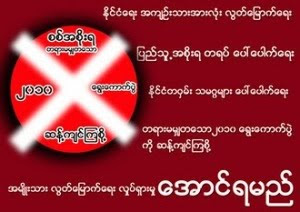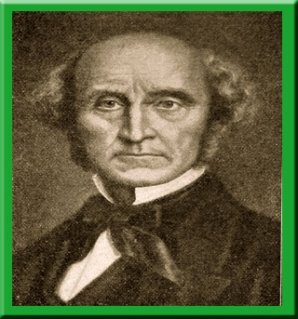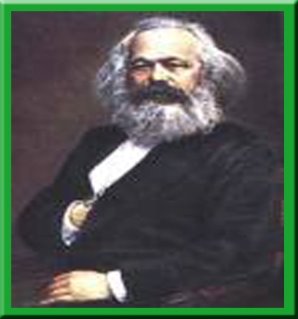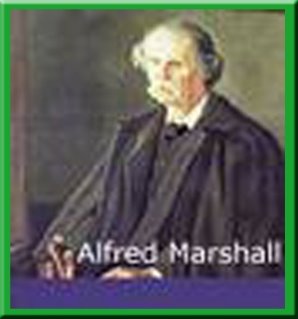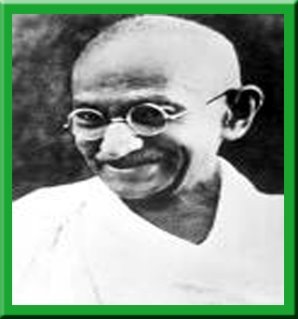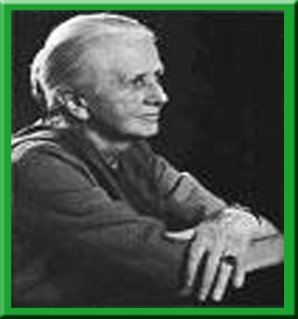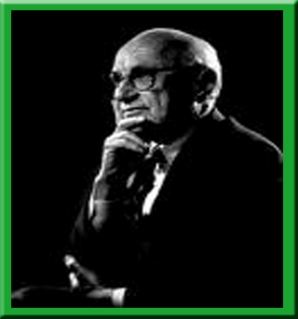There have been some debates about the use of power to remove the regime, namely hard power, soft power and people power. Hard Power is about threatening the big stick of military force. Soft power is about relying on the carrots of diplomacy and trade. Both tools are projected from outside the domain of a repressive regime. People power is an indigenous force and operates inside the domain with more intimate access to a regime’s foundation of power.
Ackerman and Duvall (2005) identified three preconditions necessary for victory by analysing the real case studies that have removed the regime by means of the people power.
1. Unity
It fosters organizational cohesion so the leaders’ decisions can have maximum effect. Beyond avoiding internal conflicts, only a coalition-based campaign can claim to represent the preponderance of the civilian population, whatever its ethnic or ideological divisions.
2. Concerted planning
It requires tactical capacity building so that personnel can be trained, material resources marshalled, and independent communications maintained. It requires the strategic sequencing of varied tactics.
3. Non-violent discipline
Freedom House noted that the stronger the non-violent civic coalition preceding the transition, the deeper transformation in the direction of freedom and democracy.
The most effective and least costly agent for dissolving regime is the capacity of civilians, if they are equipped with the knowledge of how to use the weapons of the people power movement. These include
1. Disruptive actions
Strikes and boycotts used by civilians who are part of a movement struggling for rights or justice.
2. Protests
Petitions, parades, walkouts and mass demonstrations that mobilize and intensify the people’s participation
3. Acts of non-cooperation
Resignation, refusal to pay fees and taxes and civil disobedience that help subvert the operations of the government.
4. Direct intervention
Sittings, targeted acts of economic sabotage and blockades that can diminish a ruler’s ability to frighten and subjugate his people.
In conclusion, the success of the people power movement depends on the integration processes between inside and outside. Actions to produce must be derived from local expertise and what it can come from abroad are communications equipment, funding for tangible articles and training in the generic skills of resistance.
Khin Ma Ma Myo (4/6/2006)
References
_ Schock, K. (2004) Unarmed Insurrections: People Power Movements in Non democracies, Minneapolis, MNL: University of Minnesota
_ Peter Ackerman & Jack Durall (2005) People Power Primed: Civilian Resistance & Democratisation, Harvard International Review, p.g. 41-47

